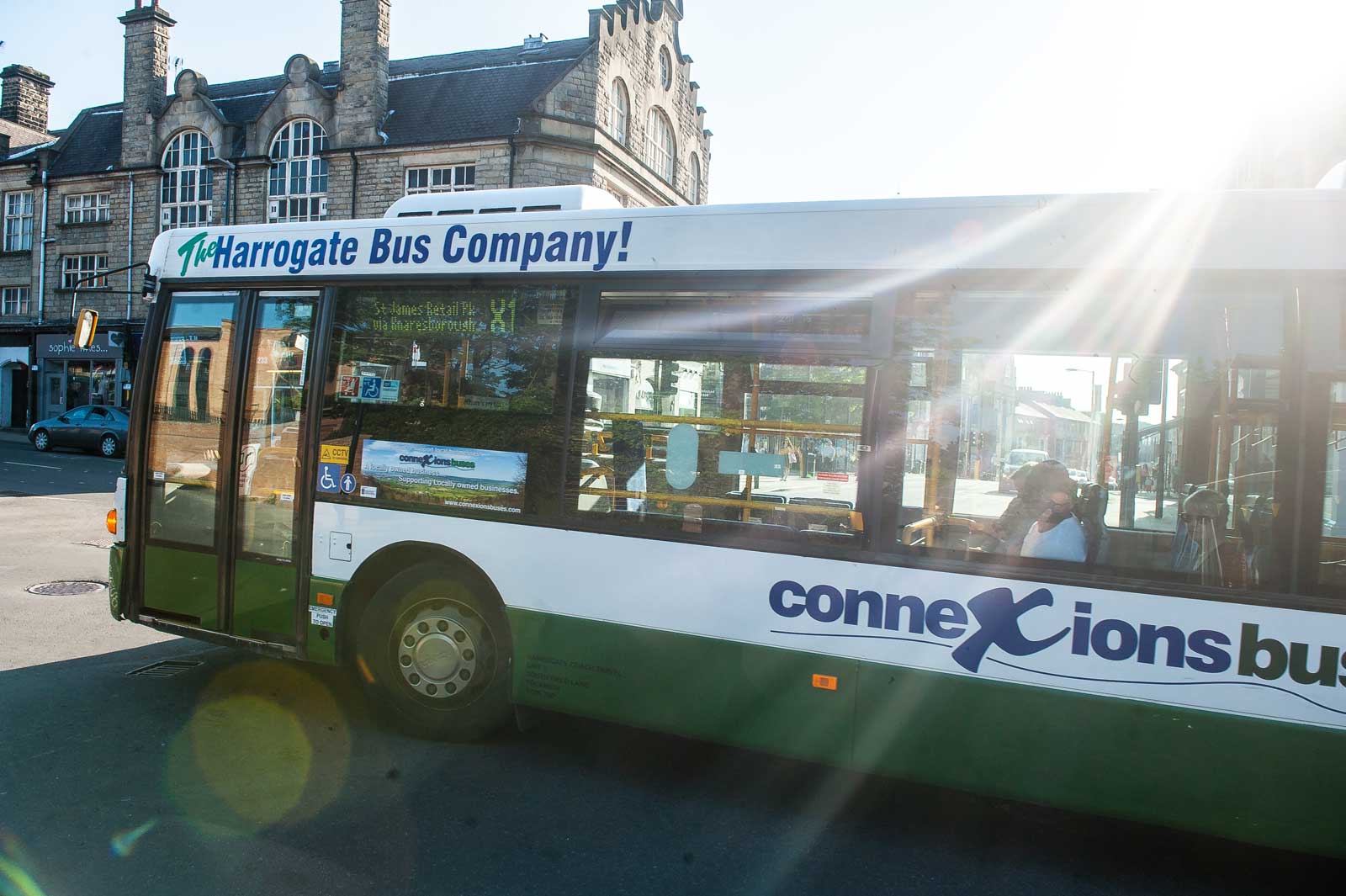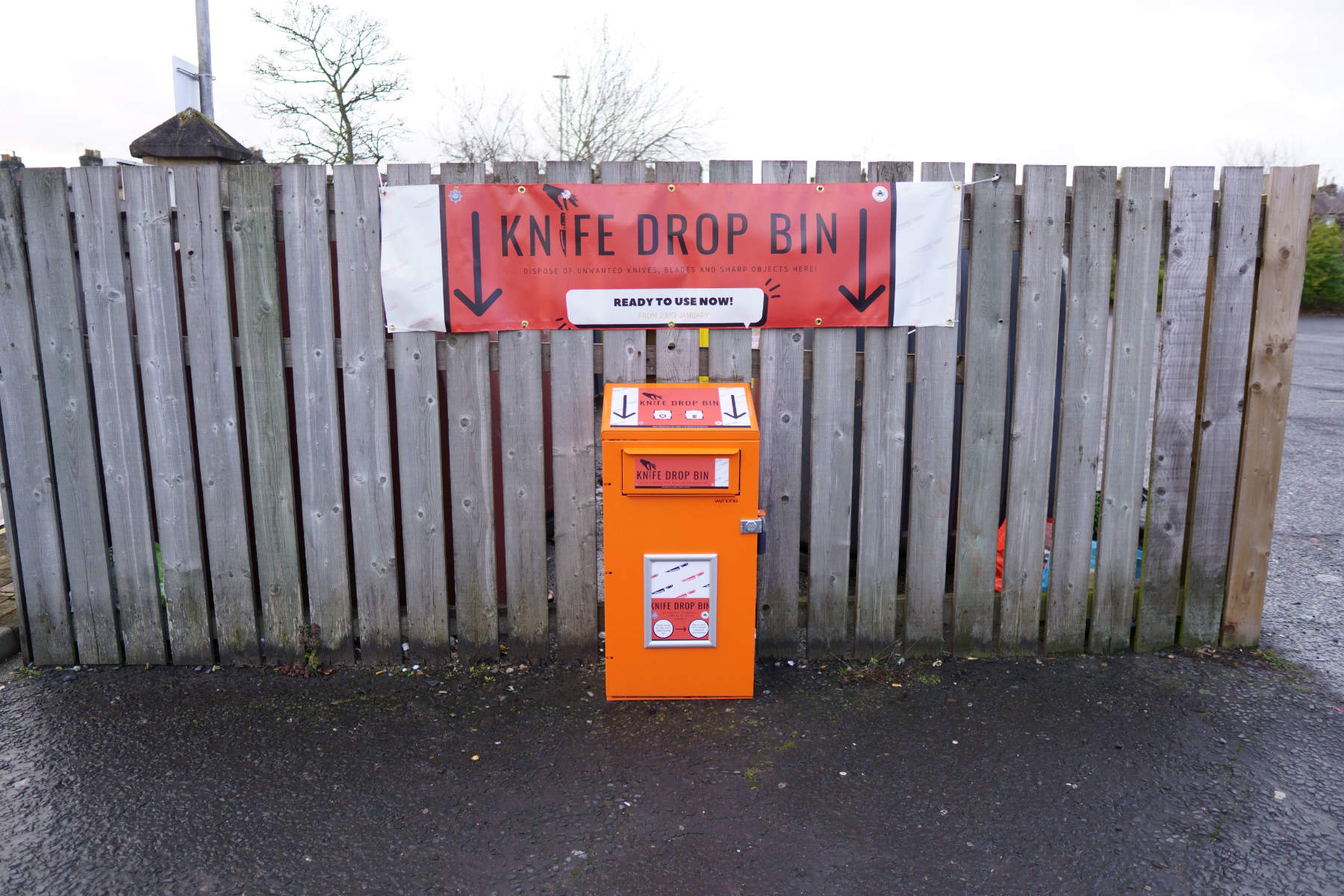A consultation is to be considered on home to school transport in North Yorkshire
North Yorkshire County Council say it is to make the system fair, consistent and more efficient.
- Of the £88m the County Council spends each year on education for children and young people, £24.1m is currently spent on home to school transport.
- The council is responsible for transporting about 20,000 pupils a day
The local authority has a statutory responsibility to provide travel assistance between home and school for eligible children, but North Yorkshire is proposing to consult on the discretionary help it provides above and beyond its statutory requirements.
Executive members for the Children and Young People’s Service will decide this month whether a consultation should go ahead with the public on proposed changes to the service. If agreed, the consultation will look at the current arrangements for pupils predominately in mainstream education aged between four and 16.
The current system of home to school transport is complex and includes arrangements between the council and individual families which have been adopted over the years but which are no longer sustainable.
The council has also decided to review its transport policy in order to ensure it has a system that is fair and consistent and to bring clarity to parents and carers on the services it can and cannot offer.
The changes will help the council to make long-term savings and bring its home to school transport service in line with Department for Education statutory guidelines, to ensure the local authority is allocated the correct funding from central government.
Cllr Patrick Mulligan, North Yorkshire’s Executive Member for Education and Skills, said:
As an authority, a lot of the home to school transport services we offer are above the statutory minimum.
For instance, there’s no duty for us to provide transport for post-16 education, but we are proposing to continue to provide discretionary transport to students in this age bracket, as we’re a rural county and don’t have the public transport links some other areas do. We recognise the difficulties this presents across North Yorkshire.
But we need to address some of the anomalies in the system over what we can and can’t provide and to make sure what we offer is consistent and fair to everyone.
We’re looking to protect transport from home to school for those who need it the most and for those who are entitled to it. The efficiencies being proposed would bring us into line with Department for Education standards and align us with other authorities in the local area.
The proposals include;
- Providing free transport for all eligible children in the county when they start school in the reception year. Children in North Yorkshire presently only qualify for free transport when they turn five years old. It is hoped the proposal will help parents who plan to return to work when their child starts school and bring the authority in line with neighbouring councils.
- Collection from pick-up points, unless medical, mobility or special educational needs require door-to-door collection. Currently the authority uses a combination of pick-up points and door-to-door provision.
The collection points would be safe areas pupils could walk to, such as existing bus stops. In areas where buses follow convoluted routes through housing estates, journeys to school can sometimes approach the maximum amount of permitted time. Under the proposals, pick-up points would keep to the main roads on such estates.
Similarly, in cases where children living on farms are dropped off at their front door in individual cars or taxis commissioned by North Yorkshire, they would be collected at the nearest road. This would mean the council could commission larger vehicles to pick up a number of children at the same time and, again, cut journey times, providing a more sustainable and environmental transport solution. These changes will be phased in gradually over the next four years.
- Only providing free school transport to and from the pupils’ main home address. Transport to an additional address would involve a charge covering the cost of transport. This is in line with Government guidance. This would reduce the number of empty bus seats that arise where students receive two transport passes for two different addresses and allow more students to obtain a place on a bus.
- To adopt a single rate charge for all discretionary transport. Discretionary transport is provided by the council to help students not eligible under the home to school transport policy. The local authority is looking to eradicate differences in charges for transport between pre-16 and post-16 education.
- Introduce a £30 fee for replacement school transport bus passes. Passes are currently replaced for free.
- Introduce an application process for home to school transport. The current system assumes all eligible children will be requiring transport and services are commissioned accordingly. The application would take into account other formal arrangements which have been made for children, such as after-school clubs or child minders.
- Making free transport available to the pupil’s catchment school or nearest school. Currently, the council offers transport to catchment schools and any school closer to their home address. This will still be available to all pupils living further than two miles from their nearest school (for children under the age of eight) or three miles (for those aged eight to 16.) Under the suggested changes, parents would also be able to check online prior to applying for a school if they qualify for free transport, which currently does not happen. It would not apply to special schools, which do not have catchment areas.
The proposed changes would not affect existing arrangements for pupils, until they change schools, turn eight or require a reassessment due to a change of address.
If consultation goes ahead, any resulting changes will be finalised and published by 31 July 2019, ahead of the start of the September 2019 term.







